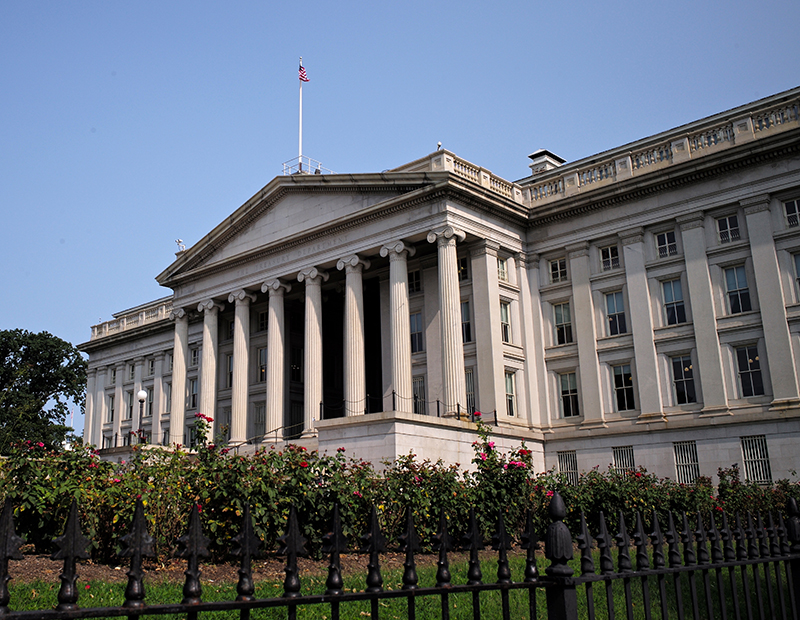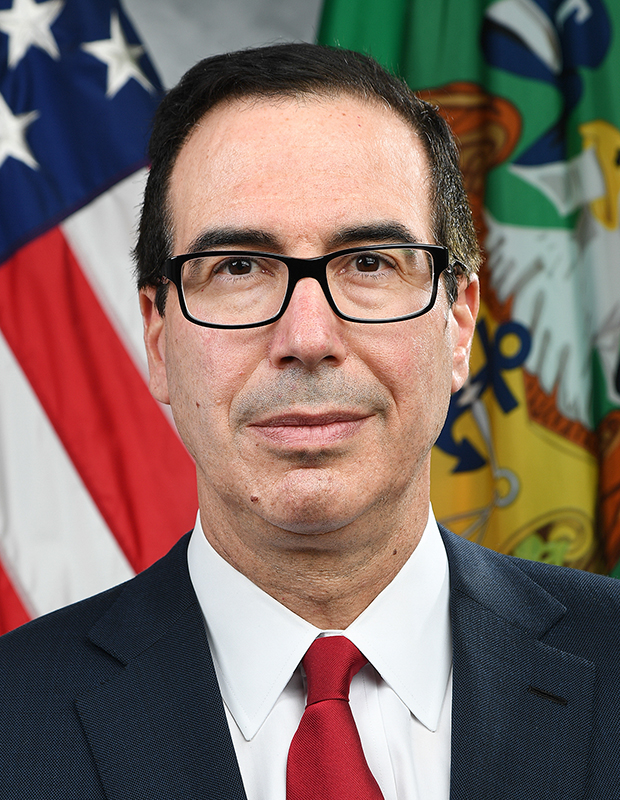Final Round of Opportunity Zone Rules Unveiled
The latest batch of regulations answers lingering questions about how investors can take advantage of the program.
The U.S. Treasury and the IRS have issued the final round of regulations governing Opportunity Zones, firming up guidelines and providing eagerly awaited certainty for investors on outstanding questions two years after the tax incentive program was launched.
Released last week, the 544-page document reflects input from the investment community following two rounds of proposed regulations in October 2018 and April of this year. The updated rules clarify how and when investors can exclude capital gains from tax by holding the money in a Qualified Opportunity Fund for at least 10 years.
READ ALSO: 5 Things to Know About Opportunity Zone Deadlines
They also provide more flexibility to property owners in meeting the law’s “substantial improvement” and vacancy requirements to qualify for the tax benefit. Other changes ease restrictions on certain profits being plowed into opportunity funds and enhance gains from the sales of property indirectly owned by a fund.
“The big takeaway is that these are final,” said Reid Thomas, executive vice president and general manager of NES Financial’s Specialty Financial Administration. “We have something the industry can now rely on and go forward with.”
Early feedback from the industry has been positive, the Opportunity Zone specialist noted to Commercial Property Executive, with a consensus that “the changes that have been made should help spur investment into the distressed communities and areas.”
Real estate-friendly regs

Baypointe, a multifamily development in an Opportunity Zone in Stamford, Conn. Image courtesy of Belpointe
One of the key changes involves the substantial improvement provision, which requires investors to double the value, or basis, of their investment in a property over a 30-month period by making upgrades.
The final rules provide more leeway in certain cases by allowing multiple buildings on the same land parcel to be treated as a single property. This opens the door for investors to achieve the threshold by developing new buildings on the site, rather than being forced to double the value of each building.
A related change slashes the timeframe during which properties need to have been vacant before their purchase by an opportunity fund in order to bypass the substantial improvement rule. Under the proposed rules, the window was five years; now it is one year if the property was already vacant when the Opportunity Zone was designated, and three years if not.
Another boon to real estate investors is the abandonment of a requirement that only net gains from Section 1231 sales—those involving real estate and depreciable business assets—can be invested in an opportunity fund. This created a timing snag for investors in that they cannot know until the last day of the year whether they have a net gain or loss. The new rules fix this by allowing Section 1231 gains to be invested on a gross basis.
“The IRS had provided a very restricted time limit for those gains to be deferred and they expanded that time frame within the new regs,” said Ira B. Stechel, Tax Partner at law firm Akerman LLP. “The position that they had taken in the prior proposed regulations, they turned 180 degrees and abandoned that.”
The rule changes also liberate brownfield projects from the substantial improvement mandate; clear a path for some conglomerates and banks to invest in Opportunity Zones; and provide additional incentives for sales of property by a Qualified Opportunity Zone Business (QOZB), among other updates.
Investors like clarity
The real estate industry is still poring over the lengthy regulatory package, but officials are hoping that the newfound clarity will drive more capital into economically distressed communities. Created by the Tax Cuts and Jobs Act of 2017, the Opportunity Zone program is designed to stimulate job growth and economic development in more than 8,700 low-income urban and rural areas nationwide.
There is evidence that investor appetite is growing. Consulting firm Novogradac reported earlier this month that Opportunity Zone funds had raised nearly $4.5 billion in total, a figure 40 percent higher than the company’s previous tally about 50 days prior.
Thomas noted that NES Financial has already seen a spike in investment into the opportunity funds the company works with. “If the trend continues, I expect that December alone will see as much investment as the whole program has had to date,” he said.









You must be logged in to post a comment.